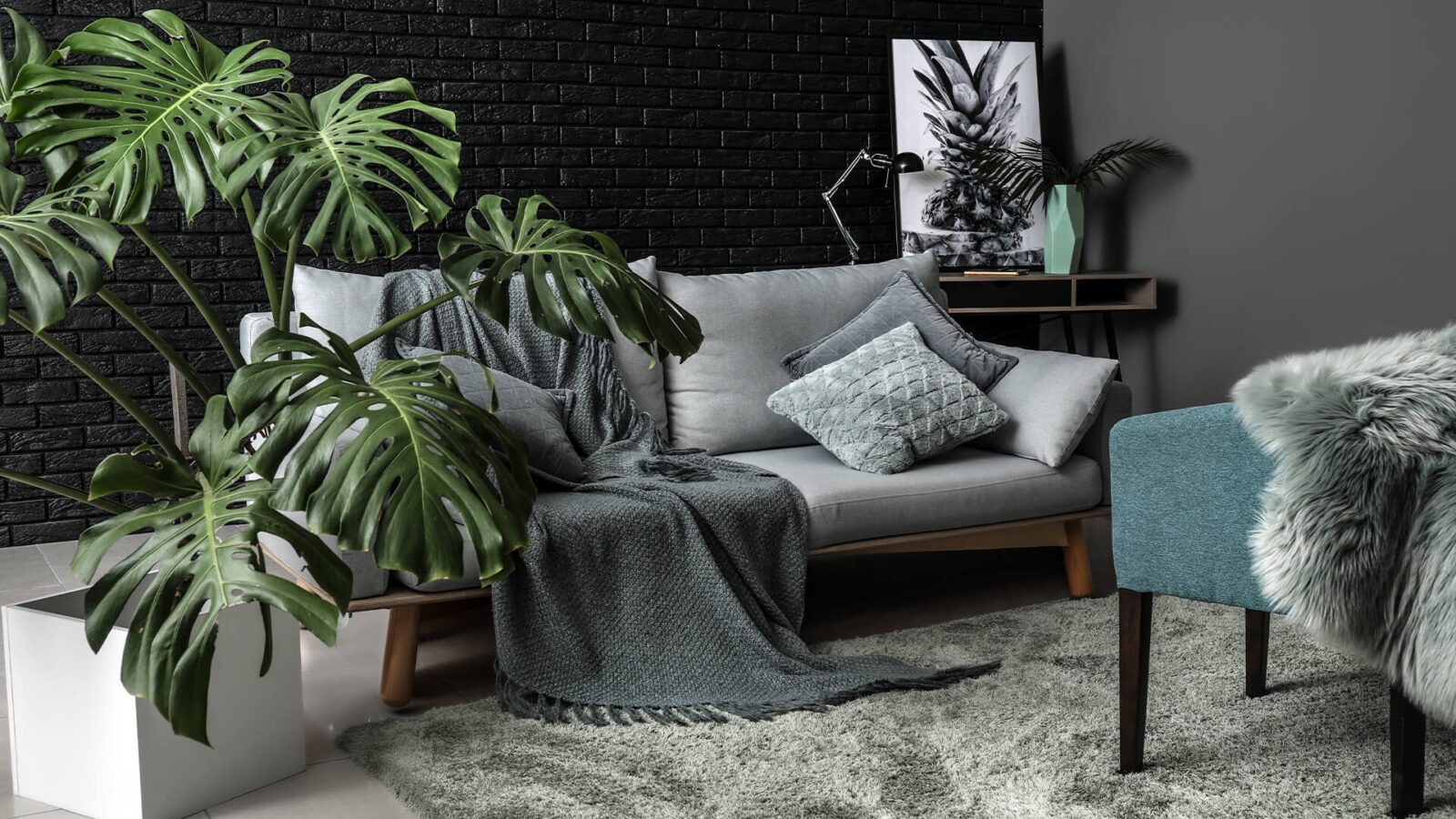Plants are essential to apartment design, although their role is often underestimated. Indoor plants purify the air, harmonize the space and microclimate, and do many inconspicuous little things. Do you know how to decorate indoor plants correctly in your everyday life? If not, we will help you with that!
Tips and tricks for decorating apartment with indoor plants
If you are thinking about designing your apartment with house plants, do remember about basic rules of decoration. You can find a million useful pieces of advice on the internet, but here we collected the most important.
Remember about light
Did you have a situation when you bought a healthy plant and it died after several months? Weren’t you confused?
The most common reason for it – is the lack of light. Be sure to take into account the need for lighting in order to ensure the qualitative development of flowering crops, which are grouped according to this indicator into two broad groups.
Bright light indoor plants
The vast majority of indoor plants require good lighting. When placing them in the chosen place, be sure to provide them with enough lighting as well as protection from the burning midday sun on the window.
Among light-loving indoor plants with decorative foliage, begonias, croton, and monstera are popular. Calathea, dracaena, syngonium, various palm trees, and succulents are often grown. Of the flowering light-loving indoor crops, gloxinia, anthurium, spathiphyllum, and balsam are used to decorate the interior. Will fill the space with tinted magnificence of hippeastrum, saintpaulia, and orchids.



Check out more tips on Pinterest.
Low light indoor plants
For rooms with north-facing windows, it is recommended to select plants that easily adapt to shading. They are also placed in rooms with a lack of lighting.
This group of plants cultivated at home includes ivy, tradescantia, epipremnum. It is recommended to grow aspidistra, peperomia, cissus. Chlorophytum crested grows well in the shade, creeping callisia, rhombic roicissus. Refers to the list of shade-tolerant crops green leaf syngonium, changeable aglaonema, scindapsus.
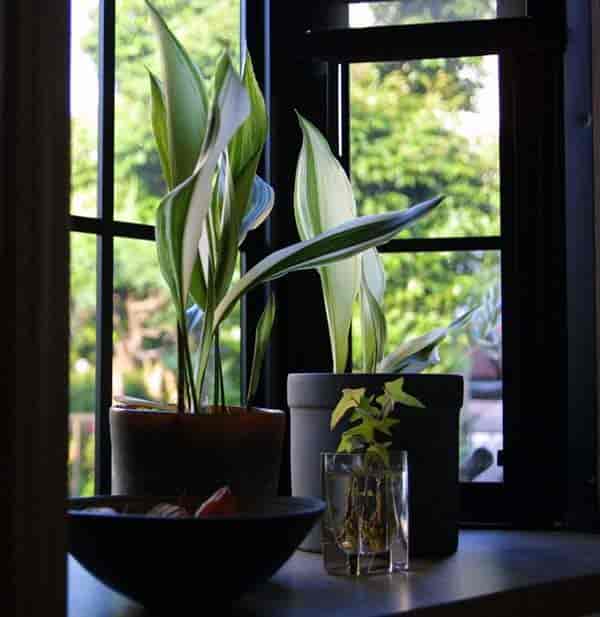

The next tips for decorating your apartment with house plants are connected with apartment planning. Check out more tips on Pinterest.
Your apartment is going first
Keep in mind that you want to decorate your apartment with plants and your goal is to add a little bit of spice to everyday life. So, do not overdo it with plants and decorations.
Here are the top 5 tips for decorating your apartment with house plants:
- There should not be too many plants in the room so as not to overload the space.
- The amount of vegetation should correspond to the size of the room.
- A tall palm tree is out of place in a small narrow room.
- A tall plant increases the height of the ceiling.
- Stick to the contrast between the background and the vegetation.
Here are some examples of overdo with plants:

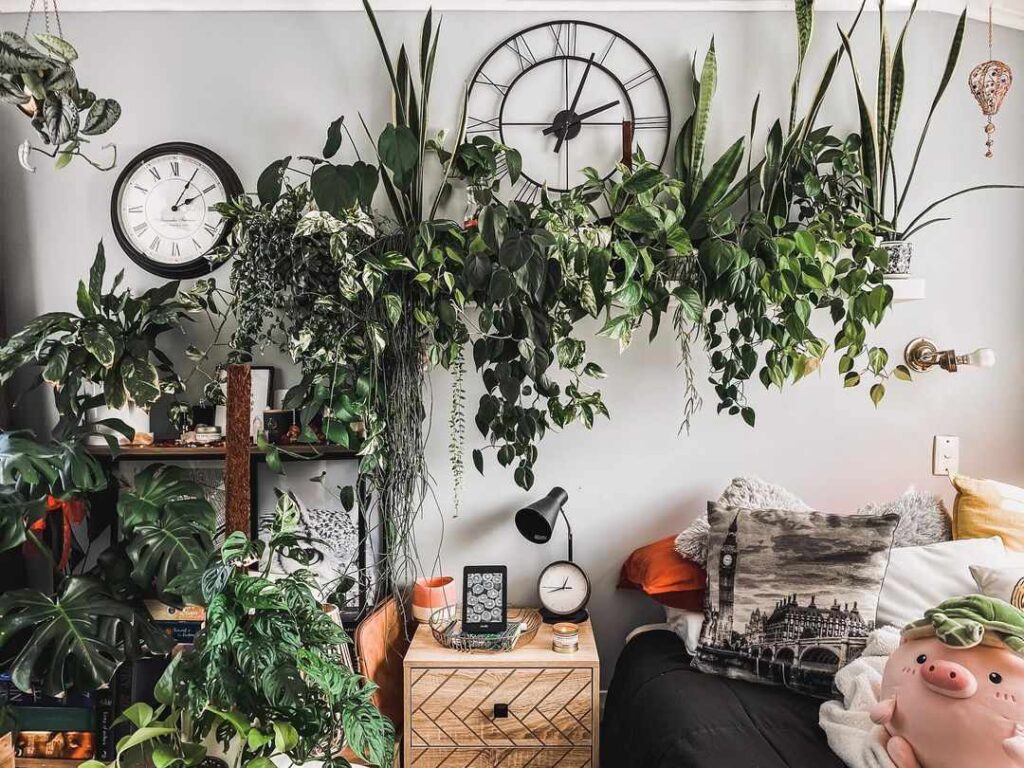


Decorations of flowers
Now you know the basic rules of decorating an apartment with plants, but do you know that plants need to be decorated as well?
Compared to outdoor plants, house plants needs pots – and there are several rules for decorating them. Top 3 rules of decorating plants with pots:
- Do not use too catchy bright pots for flowers. They will distract attention from the plant.
- The size of the plant along with the pots should match the size of the furniture and room. For example, miniature plants in vases will not look harmonious in a large hall. A tall palm tree is out of place in a small narrow room.
- Observe the contrast between the pots and the flower. Green spaces contrast perfectly with white, beige, as well as other pastel shades.
Bonny examples of plant containers:
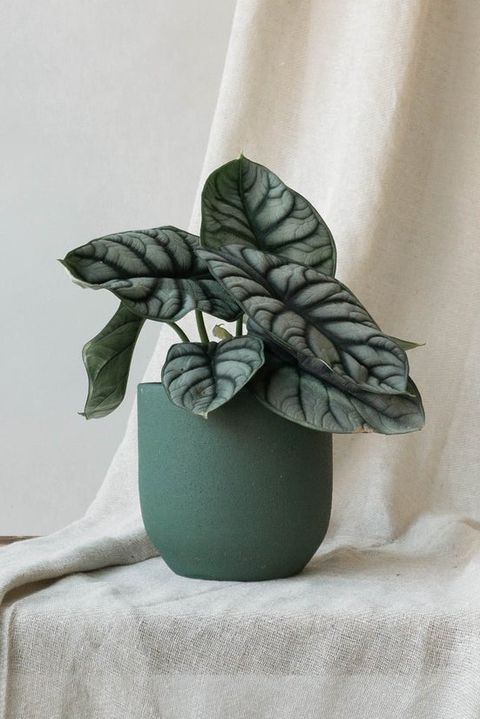

PS. Don’t forget to decorate your house plants during Christmas.
What problems in the interior can plants solve?
Designers add living vegetation to the interior for different purposes. In addition to decor, they can perform a number of other functions. Let’s see what tasks they can solve.
Space zoning
Creating a plant partition is a great way to divide a space into zones. The partition allows light to pass through and does not visually reduce the space. Real fresh flowers improve air quality.
Here is a selection of vegetation varieties to divide the space:
- Ivy.
- Fern.
- Money Tree.
- Lavender.
- Areca palm.

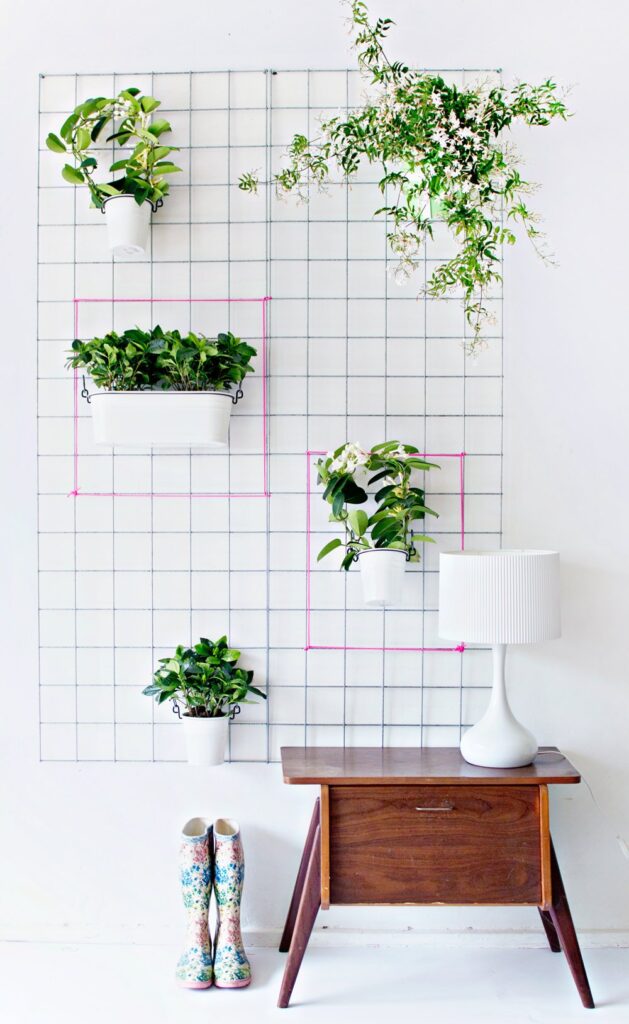
Creating a focal point
Plants have a natural ability to attract attention. If you want to quickly look at some important feature of the interior, place a container with a flower there. This helps to fully appreciate the design.
Fill in empty corners
Green spaces are perfect for filling in empty corners in a room. They will instantly transform any boring corner. Bringing a dose of greenery into the interior, flowers enhance the look of the room without cluttering up the space.
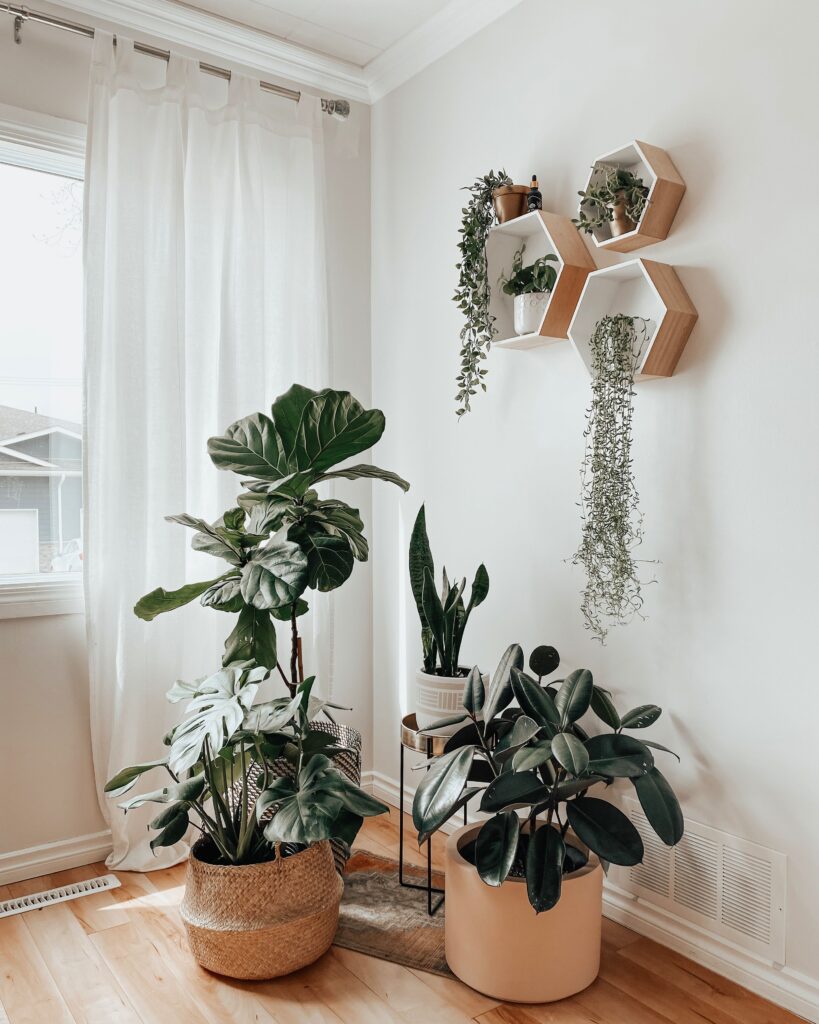

Space decoration
This is the main purpose of flowers in the interior. Due to the variety of plants types, there are countless variations for decoration. For any occasion, there will certainly be a houseplant. They will decorate the interior in different styles, including green bedroom decor.
Adding Texture
Using plants in a home interior is an opportunity to add structure. The structure makes the room more stylish, pleasant to find and increases visual interest.
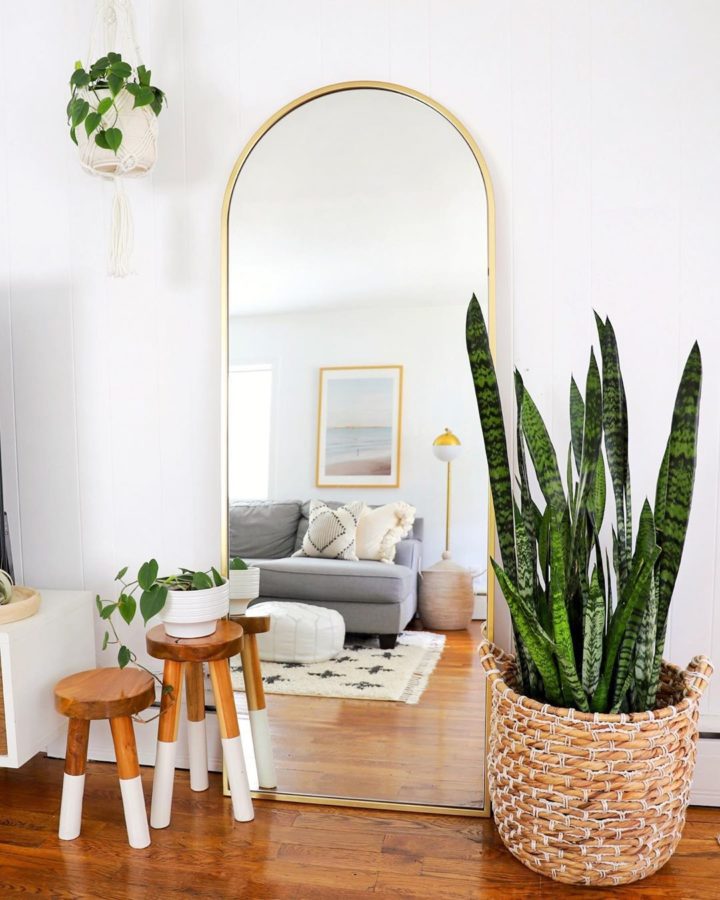
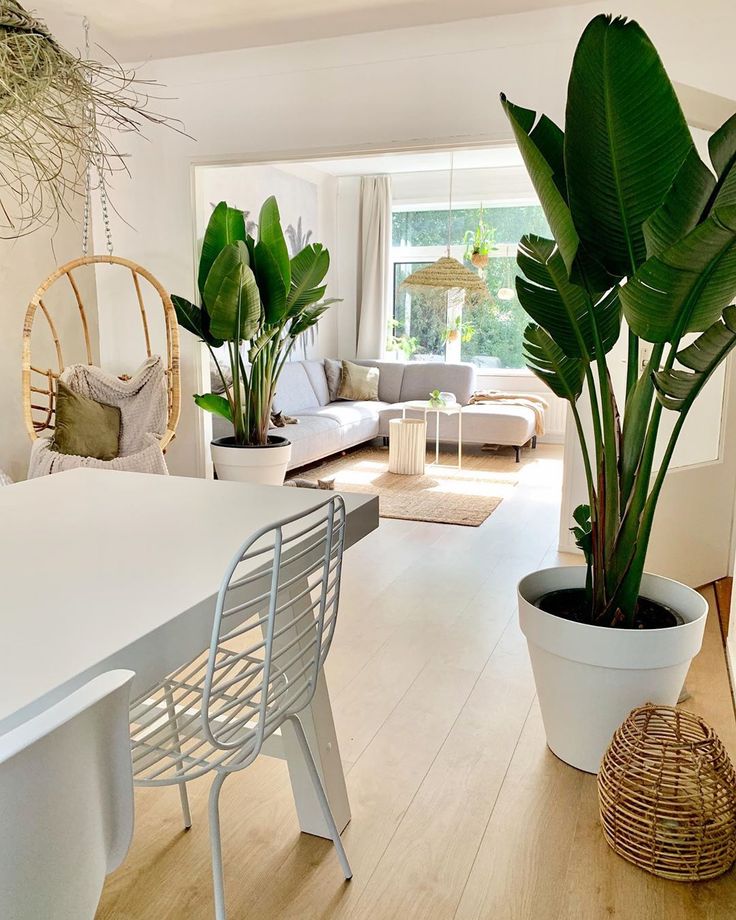
Read our article about the Top 5 Indoor Plants to learn more about popular indoor plants.
How to decor your apartment with indoor plants?
You have made the decision to place plants in your home. But how to do it correctly and beautifully? You will get the answer to this question by reading our tips.
Remember! Plants are living organisms. Each green space needs special growing conditions. This should be the first thing to pay attention to. The life, health and appearance of vegetation depend on this.
- Arrange flowers around the perimeter of the room to increase the space. For example, in corners, on shelves, racks, cabinets, window sills.
- Create groups of plants of different widths and stem heights. Such combinations look the most advantageous and interesting.
- Group plant pots in odd numbers. Like three or five. It looks much more effective than an even number.
- To create a uniform image, choose plants in a group with foliage of the same color.
- Choose vegetation that matches your design style. If you are for minimalism, then ficus, dracaena, yucca will harmoniously fit into the interior.

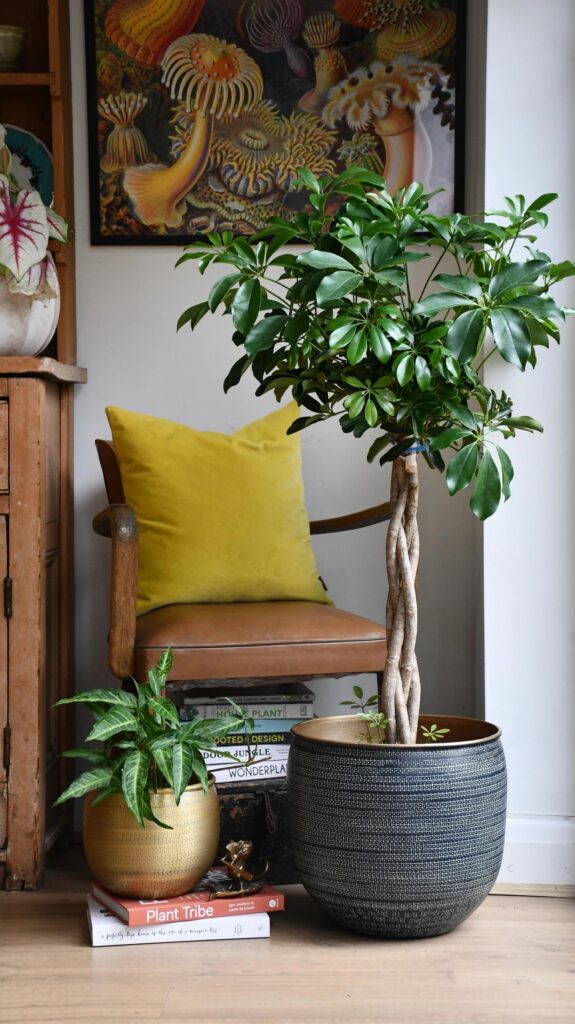
There are hundreds of houseplant species that are easy to get lost in. The following information will help you sort out the choice of plants for different rooms in your home.
How to arrange plants in the kitchen room?
When deciding to fill their home with indoor plants, many do not think about the kitchen. They believe that high temperatures and fat can be an obstacle to healthy growth. However, there are plants that will thrive in the kitchen. Let’s take a look at them:
- Citrus tree. In addition to the pleasant aroma with which it fills the entire space, the citrus tree looks beautiful.
- Violets. They love a lot of light. Place them on the windowsill. They will add bright colors to the kitchen.
- Cactus. They do not require special care and are a fashionable addition to the kitchen.
- Fern. Unpretentious, non-toxic. Likes moisture and indirect light.
- Geranium. Its scent repels insects. Likes bright sunlight and regular watering.
- Chlorophytum. Praised for cleansing abilities and unpretentiousness. Looks good on a wall or window sill in a bright container.
You can place flower pots on a windowsill, hang them on a wall, or put them on shelves and racks.
On the kitchen window sill, you can create a mini garden to grow different types of edible herbs: parsley, basil, celery, mint, lemon balm, etc.


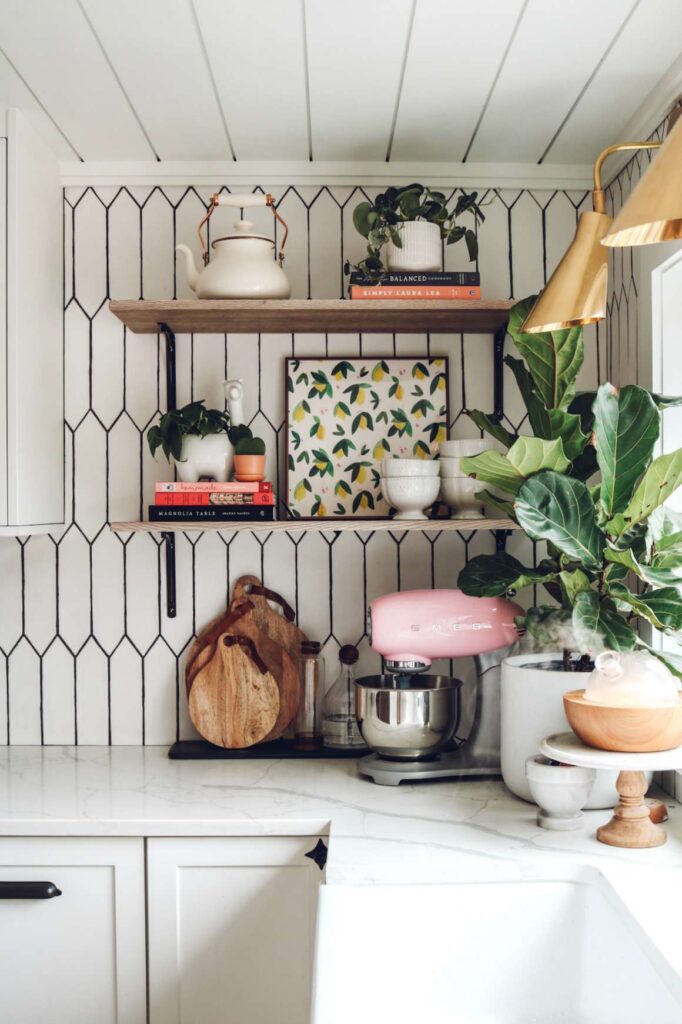
How to arrange plants in the living room?
That part of the house where all household members spend most of their time. There are many plants that are suitable for the living room. Here are some of them:
- Monstera (evergreen vine).
- Orchid.
- Ficus rubbery.
- Calathea.
- Dracaena.
- Scindapsus.
- Sansevieria.
- Alocasia.




How to arrange plants in the bedroom?
Everyone knows about the amazing properties of plants to purify the air and enrich it with oxygen. However, few people think that oxygen is released only during daylight hours. In the evening and at night, the plant absorbs oxygen and releases carbon dioxide. Therefore, in the interior of the bedroom, you should not arrange a large number of flowers and create a greenhouse. One to three pots of vegetation is enough. Here is a list of colors suitable for the bedroom:
- English ivy.
- Aloe.
- Orchid.
- Kalanchoe.
- Ficus Benjamin.
- Areca palm.

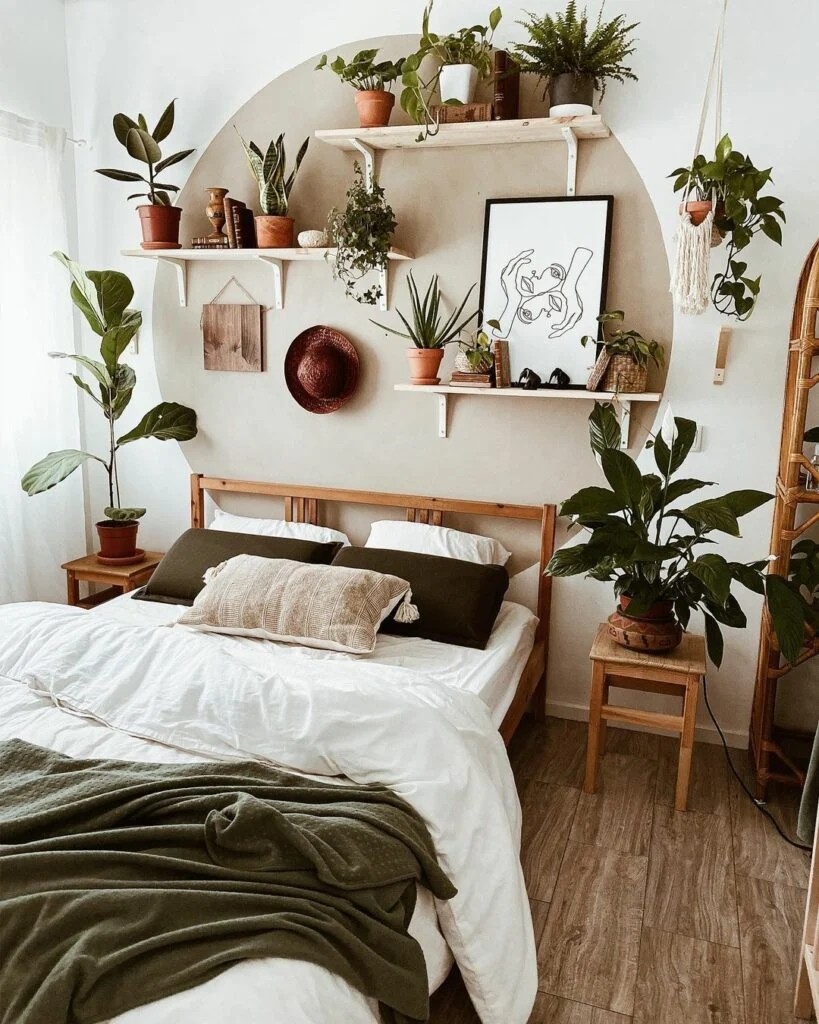

How to arrange plants in the bathroom?
Plants in the bathroom can be found infrequently. This is mainly due to the lack of windows in the room, high humidity, and temperature fluctuations. Not all indoor flowers are able to grow in such conditions with artificial lighting.
We have compiled a list of indoor plants suitable for the bathroom. We recommend placing flowers in the bathroom if there is a window in the room that allows natural light to pass through.
- Asplenium nesting. Likes subdued indirect light and high humidity.
- Scindapsus. Easily tolerates low light levels and irregular watering.
- Calathea. Resistant to low light and high humidity.
- Nephrolepis. Likes high humidity and bright sunlight. The best place for it is on the windowsill in the bathroom or on the wall next to the window.
- Aglaonema. Loves humidity, but does not tolerate sudden changes in temperature. Can grow in low light.
- Gardenia. Humid air is a natural habitat. It grows well in bright indirect light. Suitable for a bathroom with a window facing west or south.
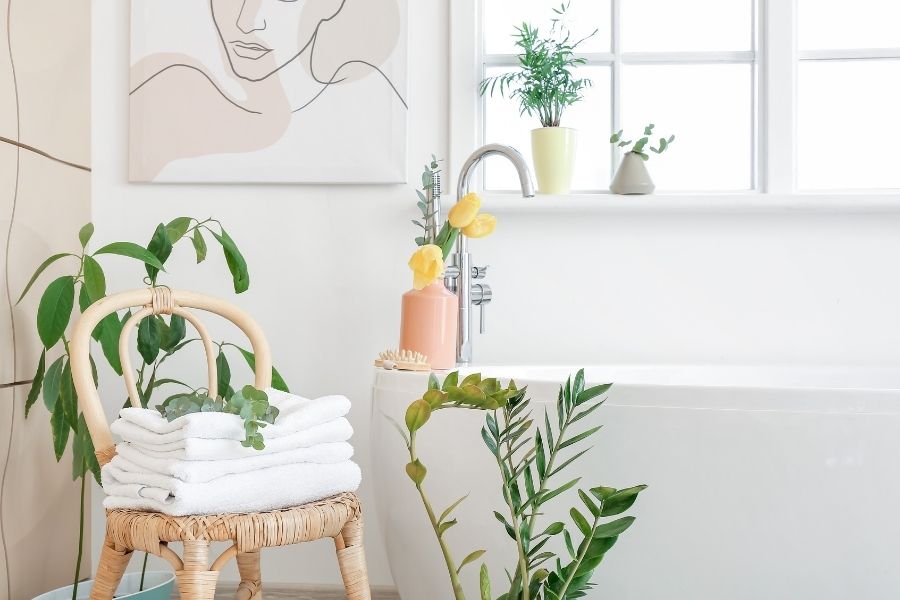



How to arrange plants on the balcony?
Before heading to the store for your balcony planting, think about the conditions. How much sunlight do you have on your balcony? Is it glazed or open? All these factors affect the choice.
- The best shade-loving species for a balcony: begonia, azalea, exotic alocasia, tradescantia, cyclamen, aglaonema.
- The best light-loving views for the balcony: lilies, geraniums, lavender, succulents and cacti, sansevieria.

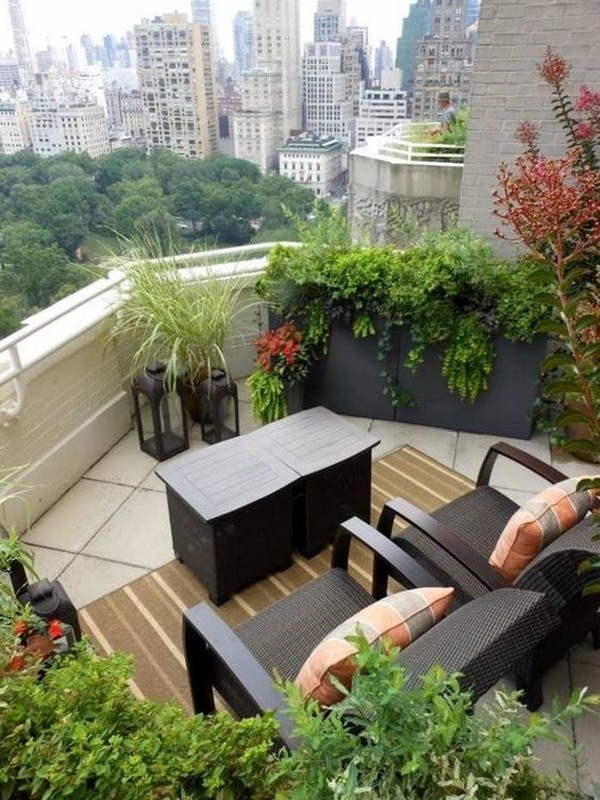

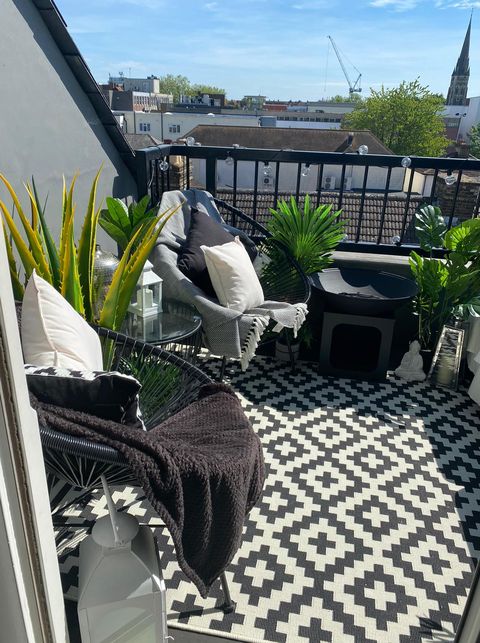

The last tip to arrange an apartment with plants – don’t hesitate to experiment with vegetable life! Good luck!
For more articles about decor check out our blog and don’t miss our guide to New Year’s Eve decorations.
